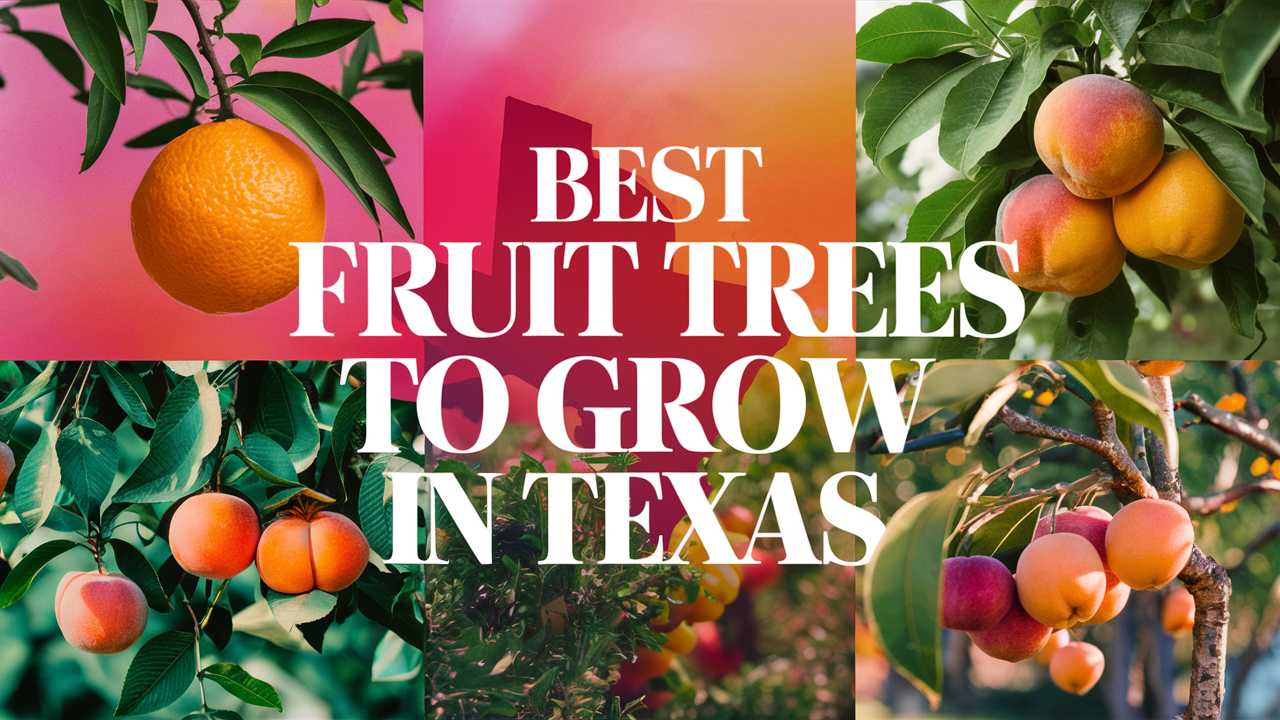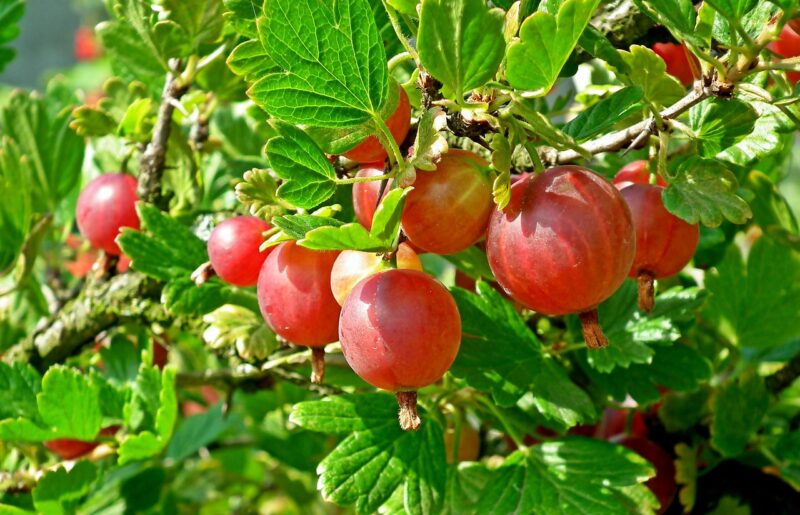Texas is a vast state with diverse climates, ranging from humid conditions in the east to the arid landscapes of the west and everything in between. Each region is unique, offering something different for those who wish to cultivate their own fruit trees.
This comprehensive guide will explore the best fruit trees suited for each part of Texas, ensuring that you can find the perfect varieties to thrive in your local environment.
Best Fruit Trees for East Texas (Humid)
The Eastern regions of Texas are characterized by their humid subtropical climate, providing a conducive environment for a range of fruit trees. However, humidity can also lead to issues with pests and diseases, so it’s essential to choose varieties that are well-adapted to this environment.
Peach
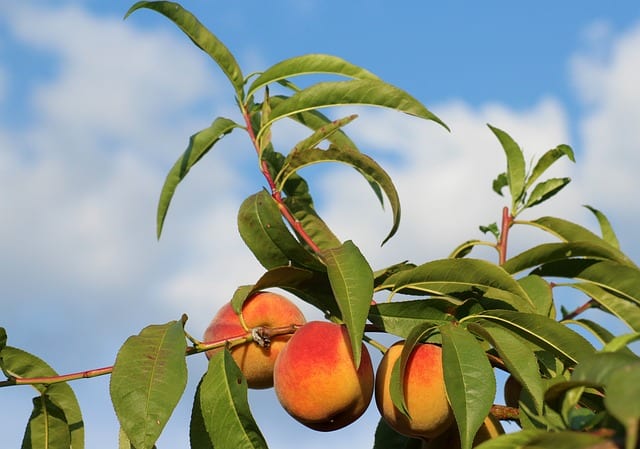
Peaches are a staple fruit in East Texas. The ‘Elberta’ peach is particularly popular for its large, juicy fruit and self-pollination capability. These trees thrive in full sun and well-draining soils. Keeping the base of the tree dry and ensuring proper air circulation can help ward off common issues like peach leaf curl, especially during the humid summers. The ‘Redhaven’ peach offers similar benefits, known for its beautiful flavor and shorter growing season, making it ideal for home gardeners.
Apple
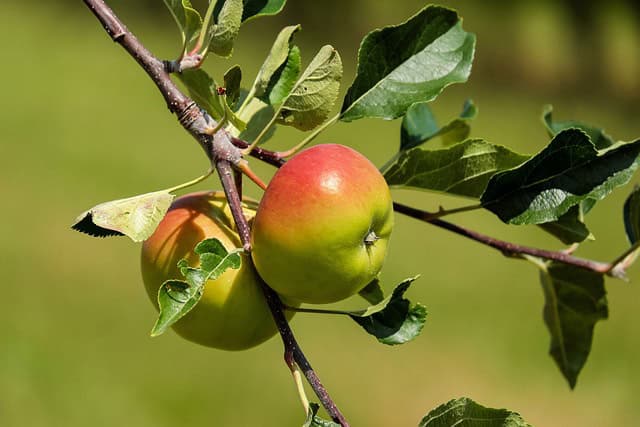
Apples are surprisingly well-suited for East Texas, especially the ‘Anna’ and ‘Dorsett Golden’ varieties. These apple trees require less chilling hours than many traditional varieties, making them suitable for the warmer winters. Aim for well-drained, sandy-loam soil and ensure they receive full sunlight for at least six hours per day. Regular pruning helps improve air circulation and fruit production while also reducing disease susceptibility.
Plum
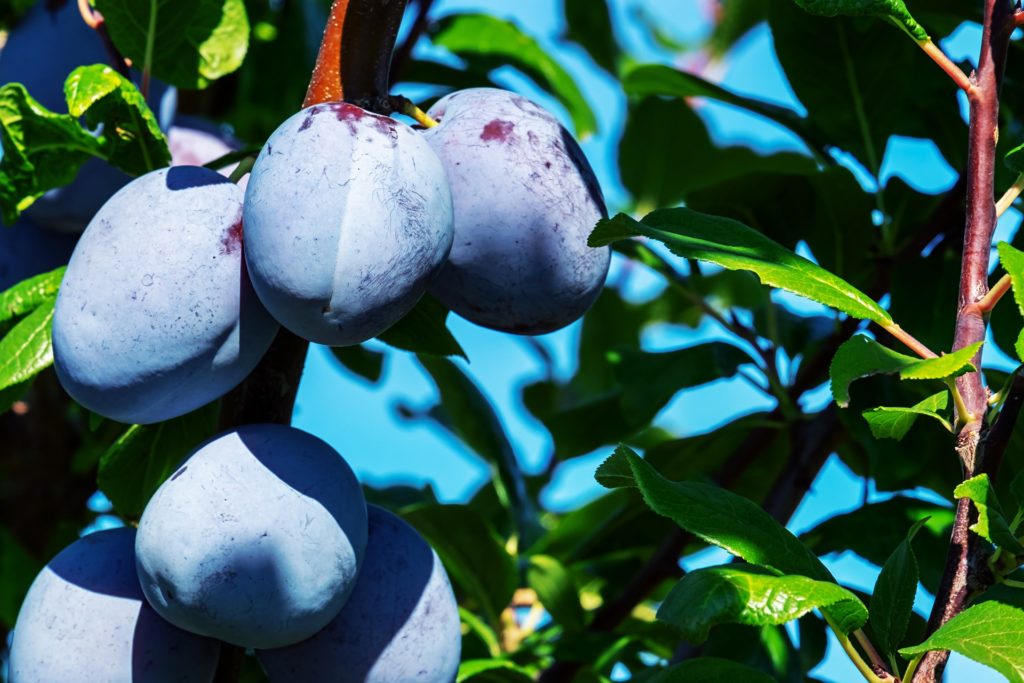
Plum trees can be easy to grow in the warm, humid climate of East Texas. ‘Methley’ plums are known for their high yields and sweet flavor, while ‘Bruce’ plums can introduce beautiful ornamental blossoms in early spring. Ensuring that these trees have sufficient space for air flow can reduce fungal issues. Soil testing is also advisable, as plums prefer slightly acidic to neutral pH levels, which can impact growth and fruit quality.
Pear
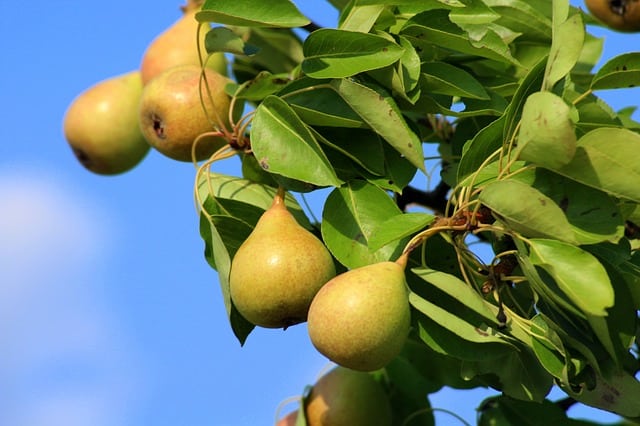
Pears like ‘Keiffer’ and ‘Orient’ thrive in the humid conditions of East Texas and are highly resistant to diseases such as fire blight. For best results, plant them in well-drained soil and protect young trees with mulch to maintain moisture levels. Pear trees do well in a variety of soil types, but adding organic matter can improve both drainage and fertility. They often produce fruit that ripens in late summer, making them a great mid-season option.
Fig
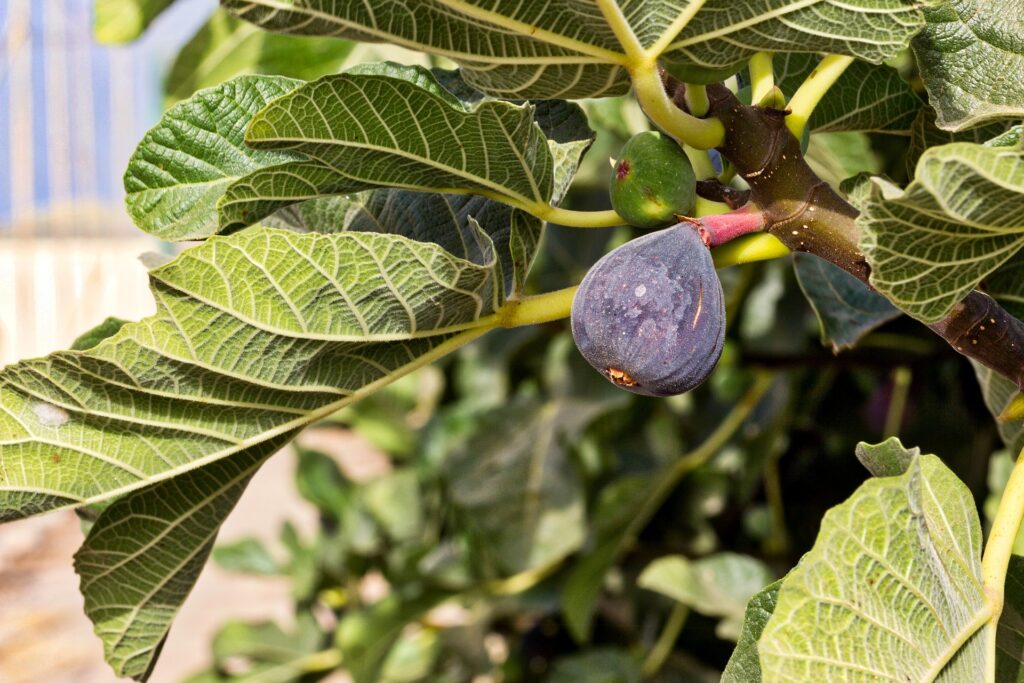
Figs are well-suited to East Texas due to their ability to adapt to varying moisture levels. ‘Celeste’ figs are particularly prized for their sweet flavor, while the ‘Brown Turkey’ variety is cherished for its hardiness and large fruit. Figs thrive in full sunlight and prefer well-drained, loamy soil. Pruning figs in late winter helps control their size and encourages fruit production. They tend to establish quickly, often bearing fruit within the first couple of years.
Blueberry
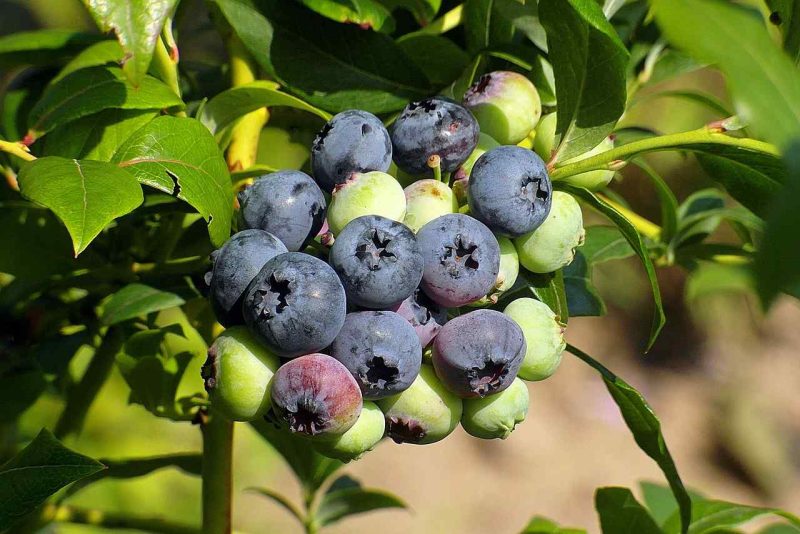
Blueberries require acidic soil, which can be somewhat of a challenge in East Texas. However, with proper amendments to adjust the soil pH, varieties like ‘Tifblue’ and ‘Woodard’ can flourish. Regular mulching can help maintain soil acidity and retain moisture. Additionally, blueberries benefit from cross-pollination, so planting several varieties can lead to improved yields. Established blueberry bushes can produce fruit in late spring to early summer.
Pomegranate
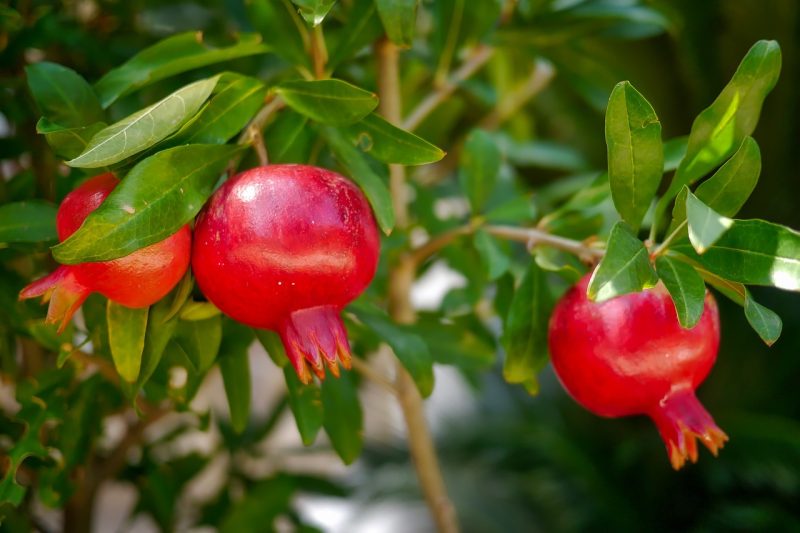
The ‘Wonderful’ pomegranate thrives in East Texas and requires minimal water once established. These trees can tolerate both drought and humidity but do require well-drained soil to prevent root rot. Planting pomegranates in a sunny spot will enhance fruit quality, producing bright, juicy fruit by late summer. Regular pruning can help shape the tree and improve airflow, reducing the chances of disease.
Blackberry
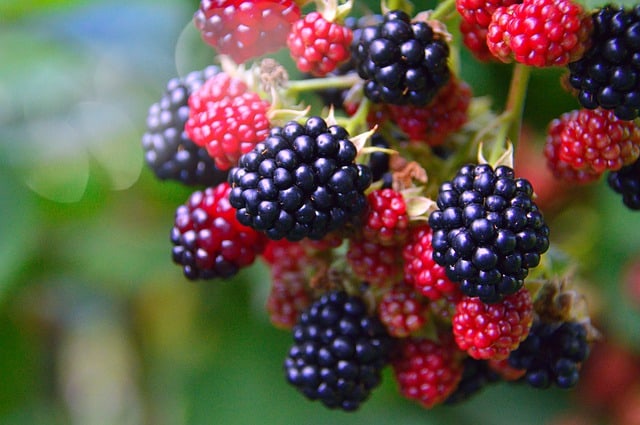
Blackberries love the humid conditions of East Texas. Varieties like ‘Kiowa’ and ‘Arapaho’ are known for their high yields and thornless canes, making harvesting easier. They thrive in well-drained soil enriched with organic matter. Providing a trellis for support can promote better air circulation and reduce disease risk. Prune blackberries by removing old canes each winter, allowing for new growth and improved fruiting.
Cherry

The ‘Stella’ cherry is a favorite among East Texas gardeners for its self-pollinating nature and sweet fruit. Cherry trees thrive in well-drained soil and prefer full sun exposure. Regular maintenance such as pruning for airflow and health is vital, especially during the humid summer months to prevent diseases like bacterial canker. Harvesting can occur in late spring to early summer, providing beautiful blooms in the spring.
Mulberry
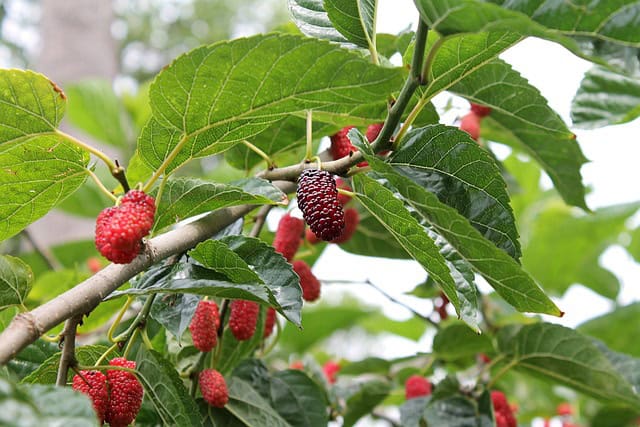
The ‘Pakistan’ variety of mulberry is an ideal choice for East Texas. These fast-growing trees provide shade as well as sweet, berry-like fruits attractive to both wildlife and people. Slightly drought-tolerant, mulberries prefer sandy, well-drained soil. They are generally low-maintenance but can benefit from occasional pruning to maintain shape and improve air circulation.
Mayhaw
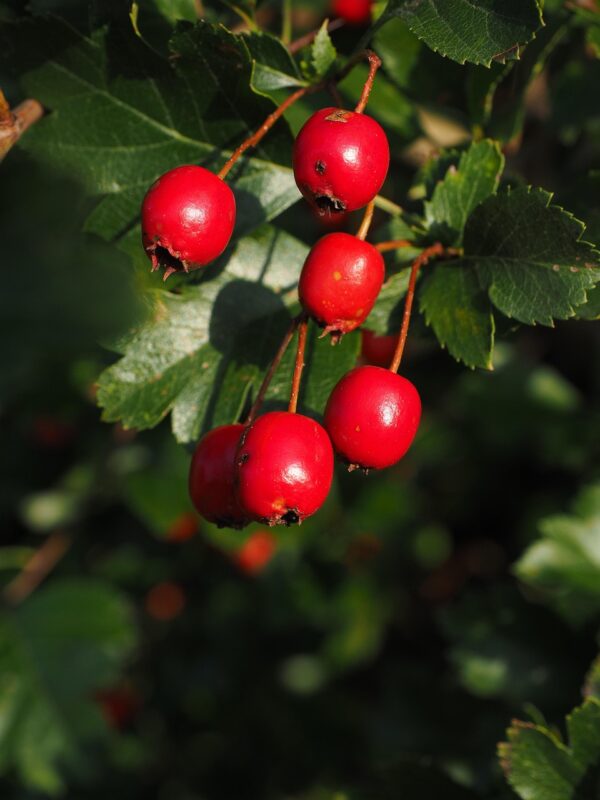
The mayhaw tree is another underappreciated fruit option in East Texas. The fruit is tart and perfect for making preserves, thriving in wet conditions such as near ponds or rivers. They require full sun but are adaptable to a variety of soil types, including clay. Mayhaw trees can also attract pollinators, supporting local ecosystems. Typically, they bloom in early spring, followed by fruiting in early summer.
Pawpaw
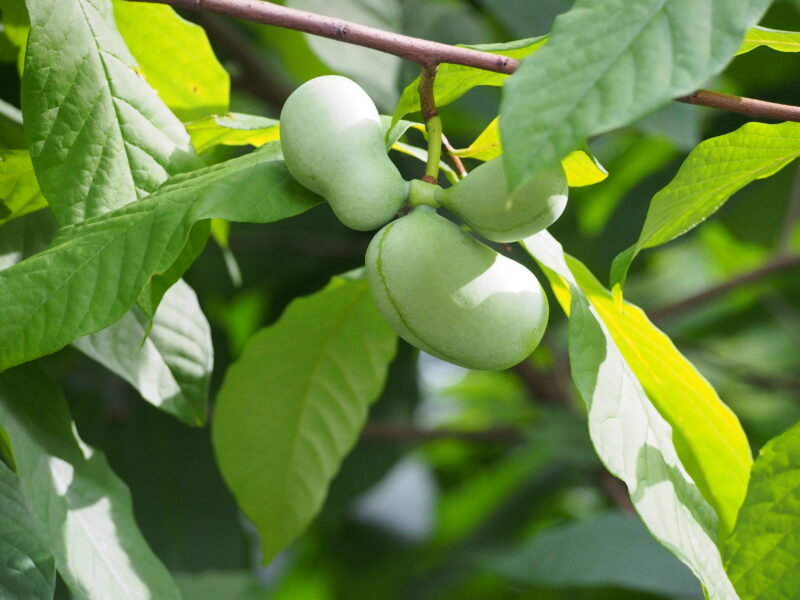
Pawpaw trees produce large, tropical-flavored fruits and are uniquely suited to the shaded forest understory. They require rich, well-drained soils and a moderate amount of moisture. Pawpaw trees are excellent for planting in semi-shaded areas, often thriving under taller trees. They can bear fruit in a few years, and the fruit is typically ready to harvest in late summer or early fall.
Best Fruit Trees for West Texas (Arid)
West Texas presents a more challenging environment for fruit trees, characterized by low rainfall and high temperatures. Thus, trees that are drought-tolerant and can thrive in well-draining, alkaline soils are most appropriate.
Pomegranate

Pomegranates are perfect for West Texas’s arid conditions, thriving with minimal water once established. They prefer full sun and will reward gardeners with bright red fruit in late summer. Planting them in sandy or loamy soil with good drainage is key to preventing root rot. Regular pruning helps manage size and improves ventilation, which is essential in warmer months.
Fig

Fig trees flourish in the dry heat of West Texas and can survive with minimal watering once established. The ‘Celeste’ variety is particularly resilient, producing sweet, soft fruits with rich flavor. Figs enjoy well-drained, light soils and can even tolerate sandy conditions. Ensure they are provided ample sunlight and ample space to spread their branches; frequent harvesting encourages more fruit production.
Date Palm
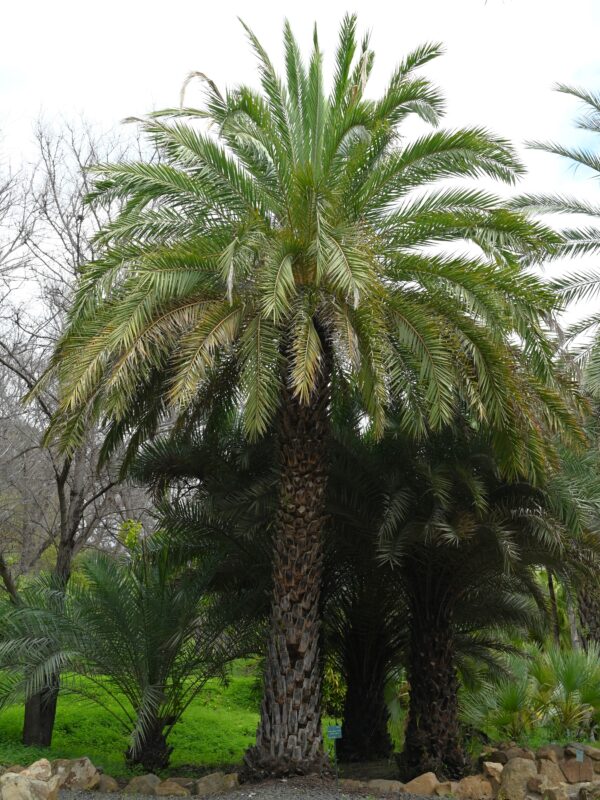
Date palms symbolize the deserts and arid regions. These iconic trees can thrive on minimal water while providing sweet, nutritious dates. They prefer sandy, well-drained soil with full sun exposure. After planting, date palms require regular watering only until their root system is established. Once planted, they will thrive with minimal intervention, making them an excellent choice for low-maintenance gardens.
Jujube
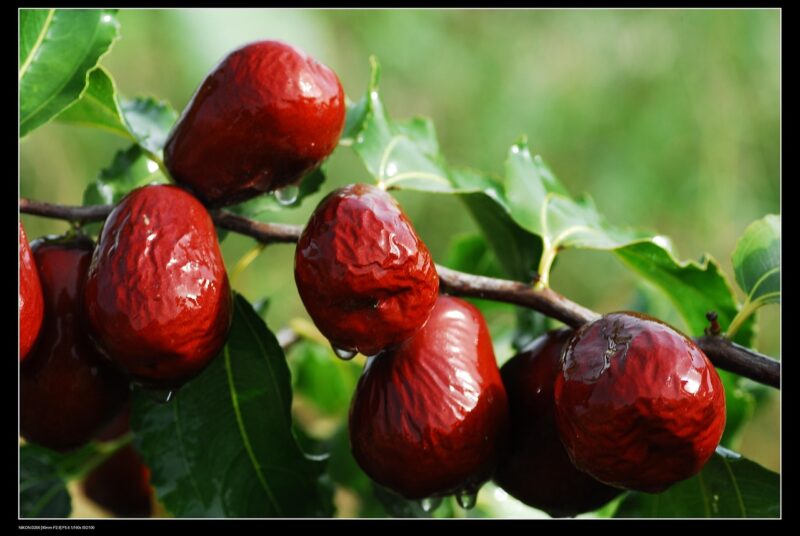
Jujube trees are incredibly hardy, adapting expertly to drought conditions and benefiting from the sunniest spots in your yard. They produce small, sweet fruits often compared to a date. Jujube trees require little care, and with proper spacing, they can handle both heat and low water levels. Consider planting a few varieties for cross-pollination to increase fruit yield.
Apricot

Apricot trees offer a unique blend of flavor and productivity in West Texas. They require full sun and well-drained soil, with the ‘Pineapple’ and ‘Tilton’ varieties thriving well in arid conditions. Apricots should be watered deeply but infrequently, promoting strong root systems. Regular pruning helps shape the trees and encourages more fruit production while also keeping the tree healthy.
Guava
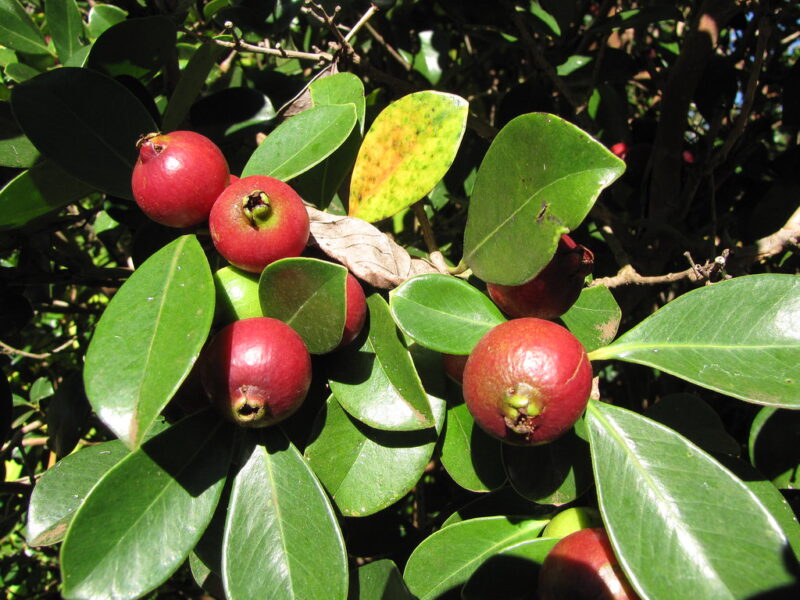
Guava trees like the tropical ‘Pearl’ variety can flourish in the drier stretches of South Texas. These trees thrive in well-drained sandy soil and require full sun for optimal fruit production. Guavas are fairly drought-resistant and can produce fruit within a year or two of planting with minimal maintenance.
Best Fruit Trees for North Texas (Temperate)
North Texas boasts a more temperate climate, allowing for a wider selection of fruit trees. The combination of sufficient rainfall and cooler winters creates ideal growing conditions for many varieties.
Apple

In North Texas, apple trees such as ‘Golden Delicious’ and ‘Fuji’ are popular for their ability to thrive in temperate climates. Proper care requires choosing sunny spots with well-draining soil. Apples also benefit from regular pruning and thinning of fruit to ensure the remaining apples grow larger and healthier. Apples typically bear fruit in late summer to early fall, adding gorgeous color to your garden.
Peach

Peach trees are a wonderful choice across North Texas, with the ‘Redskin’ and ‘Ranger’ varieties thriving in the warm summers. These trees require full sun and benefit from soil freedom of drainage. It’s essential to watch for potential pests such as peach tree borers. Young trees may need some frost protection during early spring to avoid blossom damage.
Plum

Plums grow exceptionally well in North Texas, with varieties like ‘Methley’ and ‘Morris’ producing fruit that’s perfect for fresh eating or preserving. These trees require well-drained soil and full sun exposure. Pruning plays an important role in maintaining the tree’s health and encourages more flowers to set fruit. Plums typically harvest in mid to late summer.
Pear

‘Kieffer’ and ‘Moonglow’ pear varieties thrive in the North Texas climate and can produce high yields. Pear trees are relatively disease-resistant, offering a less frustrating growing experience. They favor slightly alkaline soils and benefit from regular watering, especially during dry spells. Harvest occurs late summer to early fall when the pears start to soften.
Persimmon
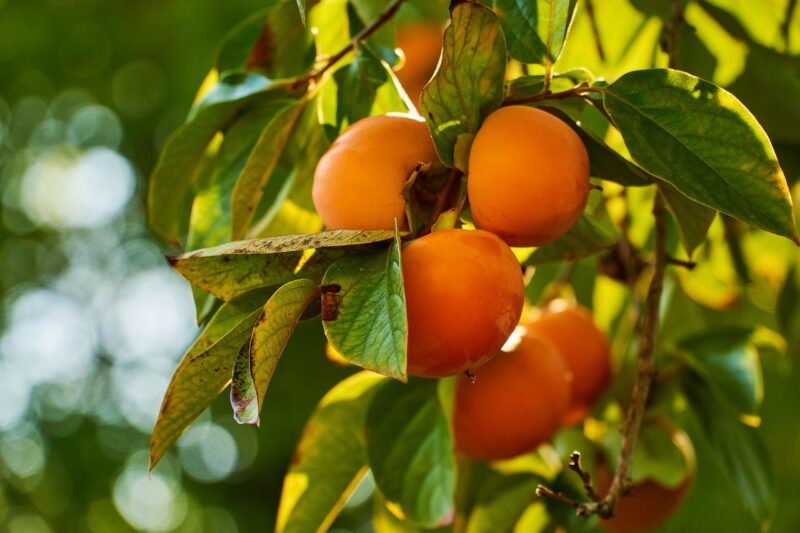
Persimmons flourish in North Texas gardens and can adapt to various soil types, preferring full sun for the best fruit production. They require minimal care and are drought-resistant once established. Both Asian and American varieties are well-suited for this region, offering delicious fruits that can ripen in late summer or fall depending on the variety.
Blackberry

Blackberries like ‘Kiowa’ and ‘Natchez’ can be incredibly productive in North Texas. They enjoy fertile, well-drained soil and full sunlight. Regular pruning is needed to prevent canes from becoming overcrowded and to encourage healthy new growth. Blackberries typically produce fruit in late spring to early summer, providing a sweet harvest.
Cherry
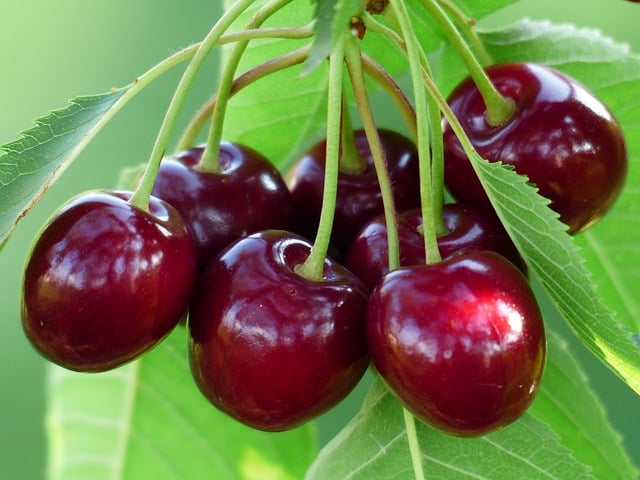
Cherry trees such as ‘Bing’ and ‘Montmorency’ add beauty and flavor to North Texas gardens. They thrive in sunlit areas with well-draining soil. Proper maintenance includes monitoring for pests and diseases. Cherries typically bloom in early spring and bear fruit by late spring to early summer.
Blueberry

Blueberries grow exceptionally well in North Texas with appropriate soil amendments to achieve acidic conditions. Varieties like ‘Heritage’ and ‘Tifblue’ produce substantial yields. Regular mulching helps maintain moisture and acidity in the soil. Blueberries typically ripen in late spring, providing a vibrant burst of flavor.
Mulberry

Mulberry trees grow rapidly and can bear fruit quickly in North Texas gardens. The sweet berries are a delightful treat for both the gardener and local wildlife. They require little care but appreciate well-drained soil. These trees often produce their fruit in late spring to early summer, providing sweet snacks.
Currant
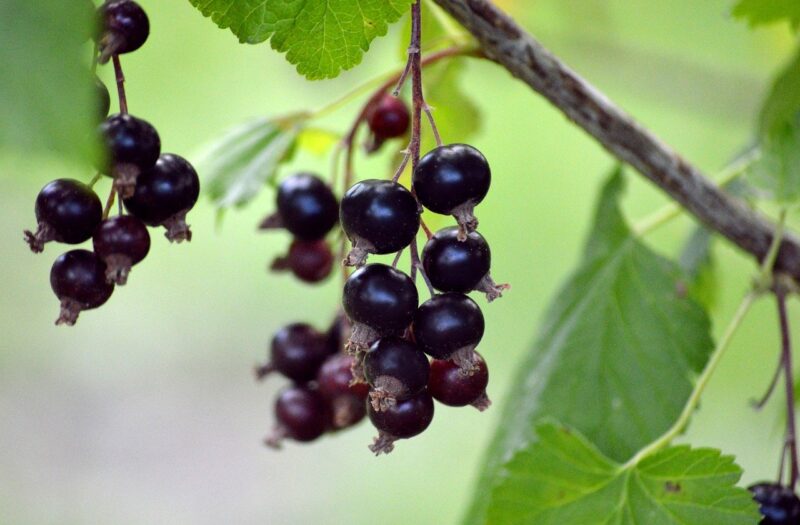
Currants yield small, tart berries that are perfect for jams and jellies. They prefer well-drained, rich soils and perform best in partial shade to avoid overheating. Currants thrive in North Texas gardens and require minimal care. They typically ripen in mid-summer.
Fig

Fig trees can flourish in North Texas and add a unique touch to any garden. Varietals include the ‘Celeste’ and ‘Brown Turkey’, both of which are celebrated for their rich flavor. These trees require full sun and benefit from occasional deep watering, especially during dry spells. Figs usually bear fruit in late summer.
Raspberry
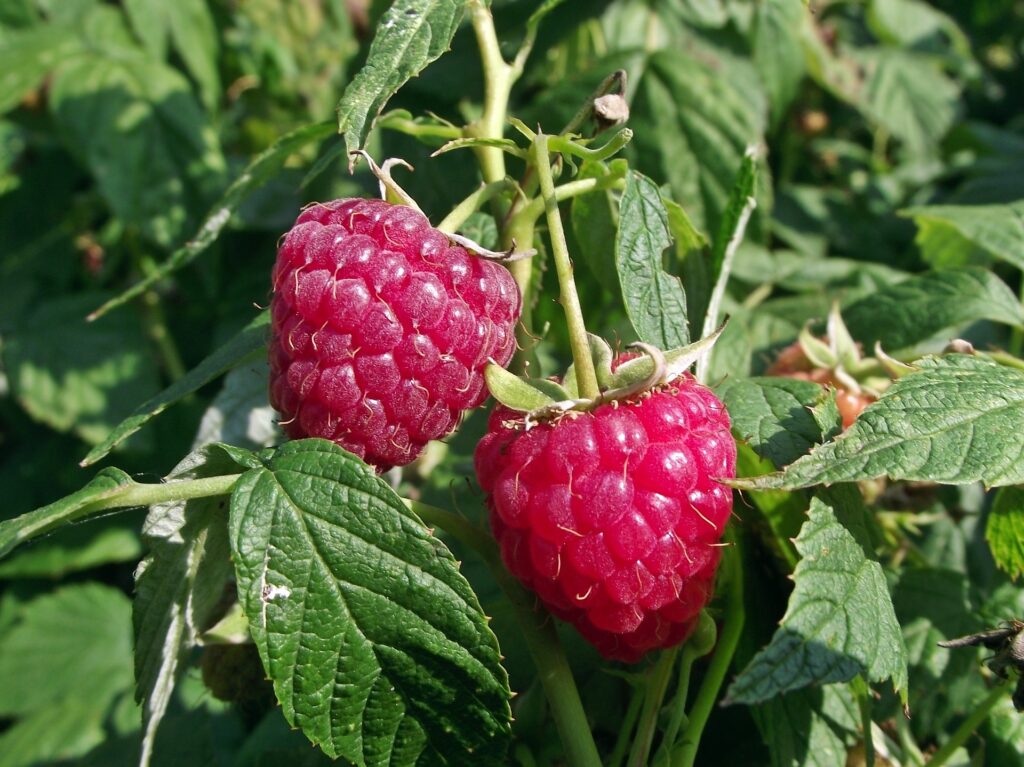
Raspberry bushes, particularly the ‘Heritage’ variety, thrive in the temperate climate of North Texas. These plants prefer well-drained soil and full sun exposure. Mulching can help preserve soil moisture, and pruning is essential for maintaining production levels. Raspberries typically yield fruit in mid-summer.
Gooseberry
Gooseberries can adapt well to various light conditions in North Texas. They thrive in rich, well-drained soil and require some protection from pests. Producing tart berries ideal for pies and preserves, gooseberries can yield fruit in early to mid-summer.
Best Fruit Trees for South Texas (Sub to Full Tropical)
South Texas boasts a warm subtropical climate with high humidity levels, creating an ideal environment for a wide range of fruit trees, including exotic varieties.
Grapefruit
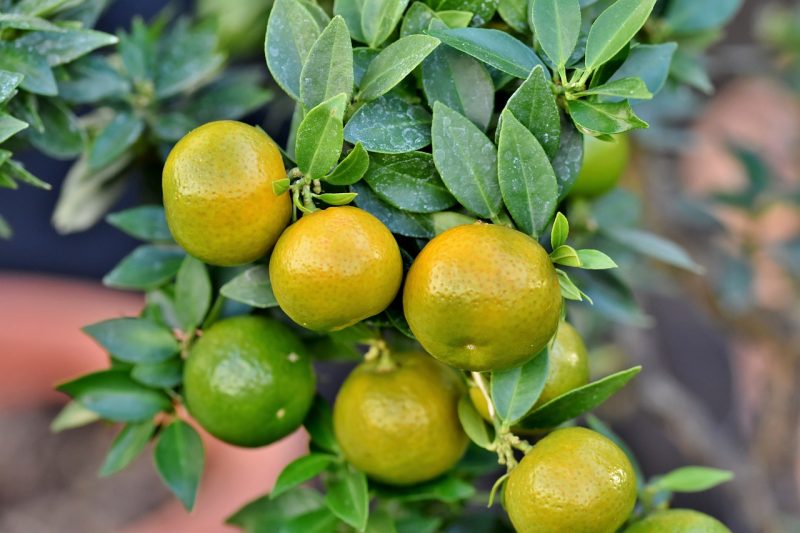
Grapefruit trees are well-suited to South Texas. Varieties such as ‘Ruby Red’ and ‘White Marsh’ thrive in the region’s warm climate. These trees enjoy full sun and do well in sandy or loamy soils. Grapefruits can take several years to bear fruit, but once they do, they can produce generously. Regular pest control and adequate watering are essential for a healthy crop.
Lemon
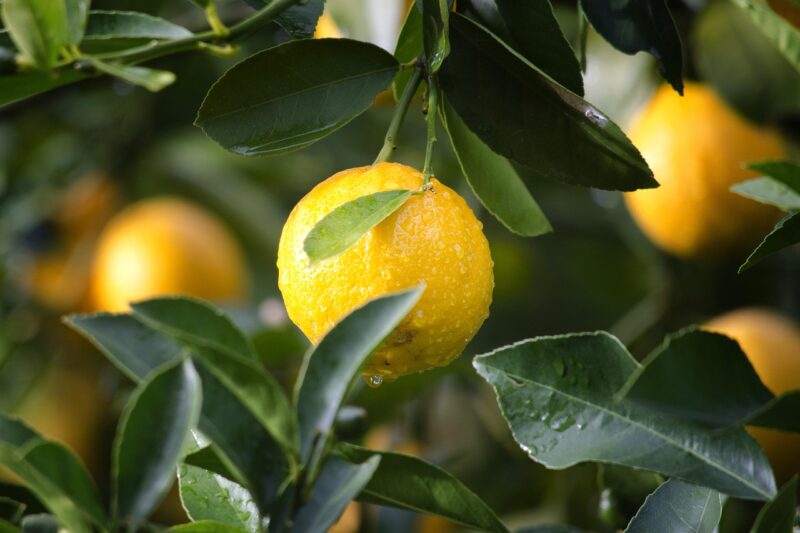
Lemon trees like ‘Eureka’ and ‘Meyer’ excel in the South Texas climate. They thrive in full sun and need well-draining soil, as too much moisture can lead to root rot. Regular pruning is essential to maintain the tree’s shape and encourage better air circulation. Lemons typically ripen in winter to early spring, providing a bounty of fresh citrus in a time when many other fruits are not in season.
Avocado

Avocado trees flourish in South Texas and offer creamy, nutrient-rich fruits. The ‘Hass’ and ‘Fuerte’ varieties are popular for their exceptional flavor. Avocados prefer well-drained, slightly acidic soil and should be planted in a sunny location. Regular watering is essential, especially during the hot summer months, but it’s crucial to avoid overwatering. These trees can start bearing fruits within two years of planting.
Papaya
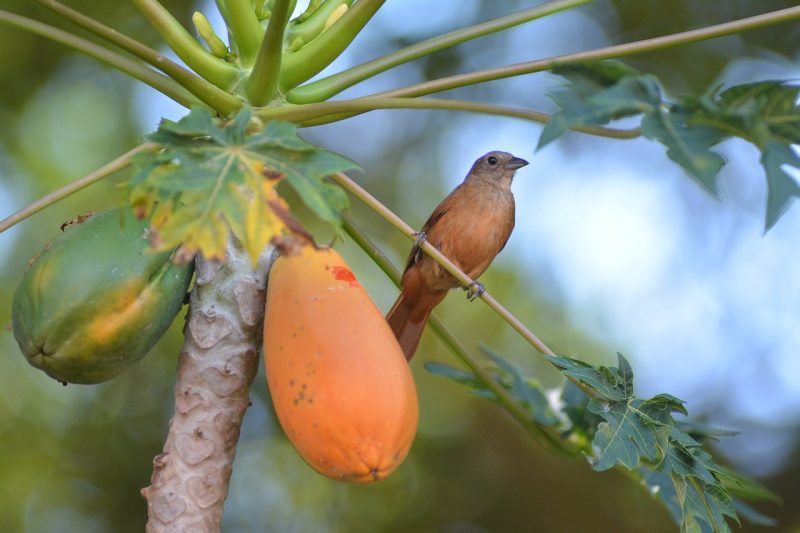
Papaya trees thrive in South Texas’s tropical climate, growing quickly and yielding sweet fruits in one year or less. They prefer well-drained, fertile soil and full sunlight for optimal growth. Regular watering is important, especially during growth spurts, while they can be sensitive to cold and frost. Keep the area around papayas clear of weeds to promote healthy growth.
Mango
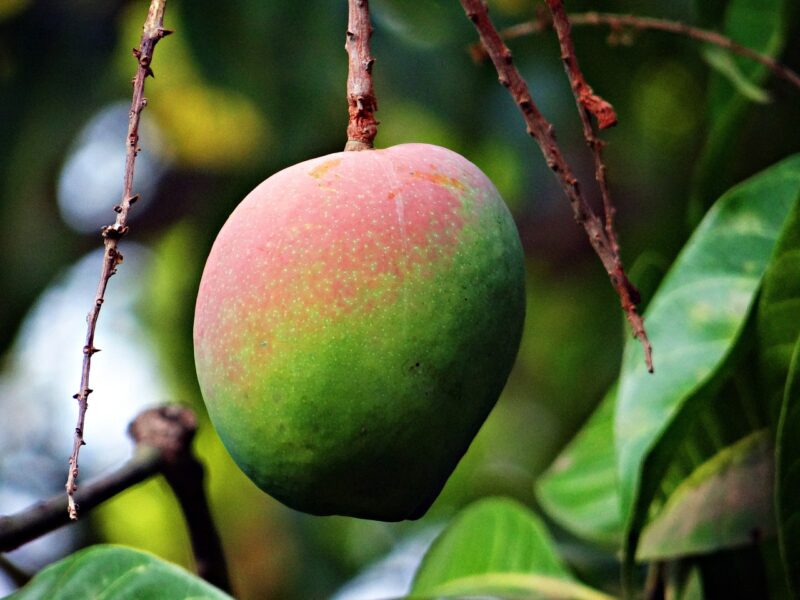
Alfonso and Haden mango trees can thrive in warm South Texas. They enjoy full sun and well-draining sandy soils, which help prevent root rot. Mango trees produce fruit after a few years, with the sweetest, juiciest fruit ripening in mid-summer. Consistent watering and avoiding excessive nitrogen fertilizers can improve fruit quality.
Banana
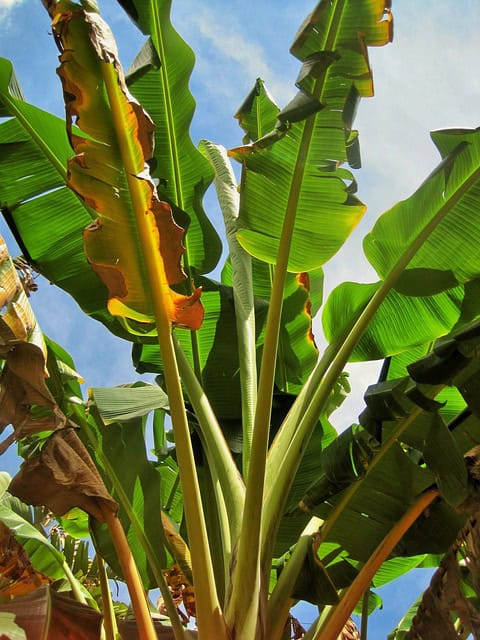
Banana plants can thrive in South Texas’s tropical conditions, adding lush greenery as well as sweet fruits. Varieties like ‘Cavendish’ do well and benefit from full sun and well-drained soil. These plants need ample moisture, especially during the growing season. Start planting bananas in spring for the best yield the following summer.
Guava

The ‘Tropic’ or ‘Pineapple’ guava varieties can flourish in South Texas. They thrive in well-drained soil and can tolerate some drought once established. Guava trees will produce fruit within a couple of years and require regular pruning for shape, which can increase air circulation and fruit production. Their fragrant blooms and delectable fruit are a joy for gardeners.
Loquat
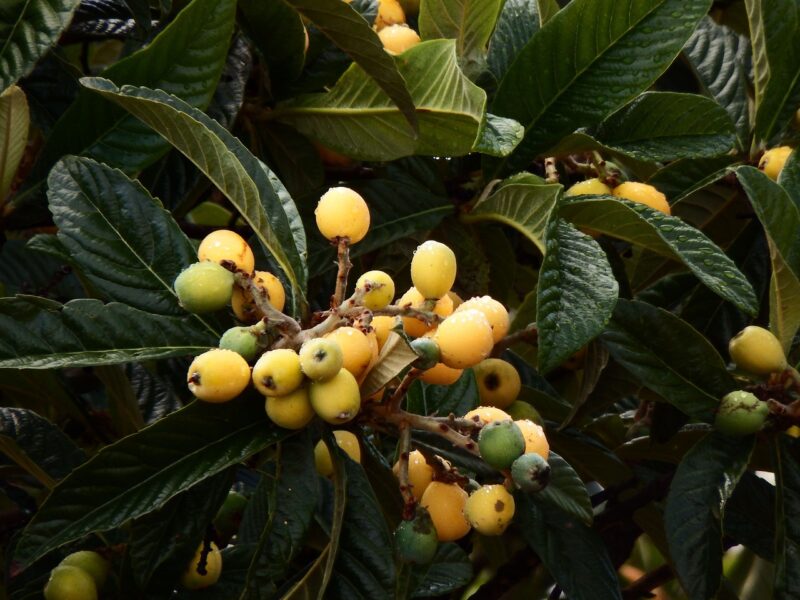
Loquats thrive in the warmer climates of South Texas, providing unique, sweet fruits. These trees prefer well-drained soil and full sun exposure. They can handle some drought but benefit from regular watering during dry spells. Loquats typically bloom in late winter to early spring, producing fruits that ripen by late spring.
Pomegranate

Pomegranates can flourish in South Texas and require well-drained soil. They thrive in full sun and are quite drought-tolerant once established. Regular watering during dry periods can increase fruit size and quality. The fruit ripens in late summer, adding vibrancy to the garden with their beautiful, shiny skin.
Persimmon

Persimmons are a versatile option for South Texas gardens, bearing delicious, sweet fruits. Planting ‘Fuyu’ or ‘American’ varieties will thrive in the region. They prefer light, well-drained soil and full sun. Minimal maintenance is needed once established, and persimmons ripen in late summer, offering delightful flavors.
Jujube

Jujube trees are hardy and well-suited for South Texas conditions, producing small, sweet fruits that resemble dates. They thrive in well-drained soils and can tolerate drought, making them relatively low-maintenance. Jujube trees usually harvest in late fall, providing nutritious snacks.
Passionfruit
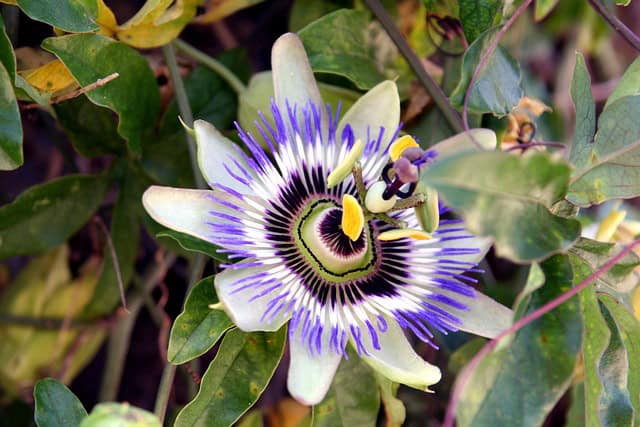
Passionfruit vines are perfect for adding exotic flair to your garden. These vines enjoy a sunny position and require well-drained supports for growth. Once established, they can yield delicious, tangy fruits that are excellent for jams, desserts, or fresh eating. They typically flower in late spring, leading to abundant fruit production in late summer.
Date Palm

The date palm is a practical choice for South Texas gardens, producing high-yielding edible fruits. They thrive in sandy, well-drained soils and need moderate watering. Once established, these palms require minimal maintenance, offering not only sweet dates but also a beautiful landscape feature. Plant them in sunny spots to maximize growth.
Dragon Fruit
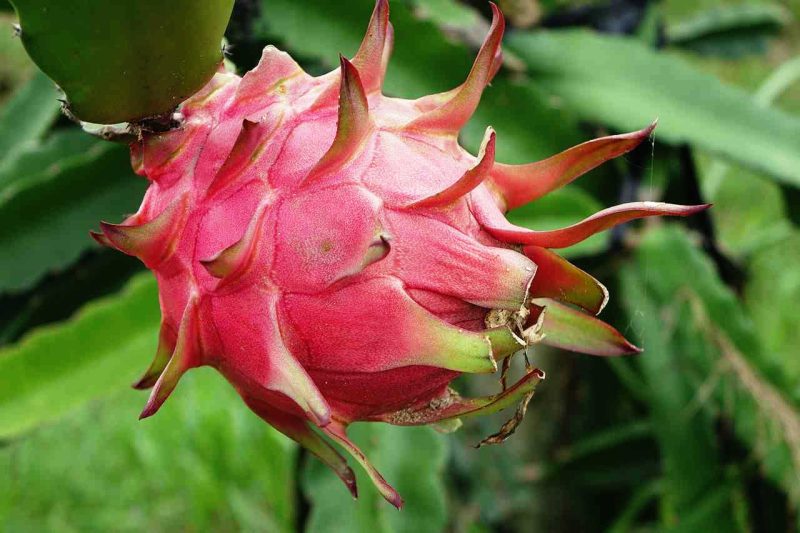
Dragon fruit (Hylocereus spp.) can be a delightful addition to any garden. These tropical cacti thrive in warm, sunny conditions and require little water once established. They produce stunning fruits that are strikingly beautiful and uniquely delicious. Ensure proper support for climbing varieties, and prune for better air circulation and fruit production. They can yield fruit within the first year of planting, making them a fast-track option for the garden.


